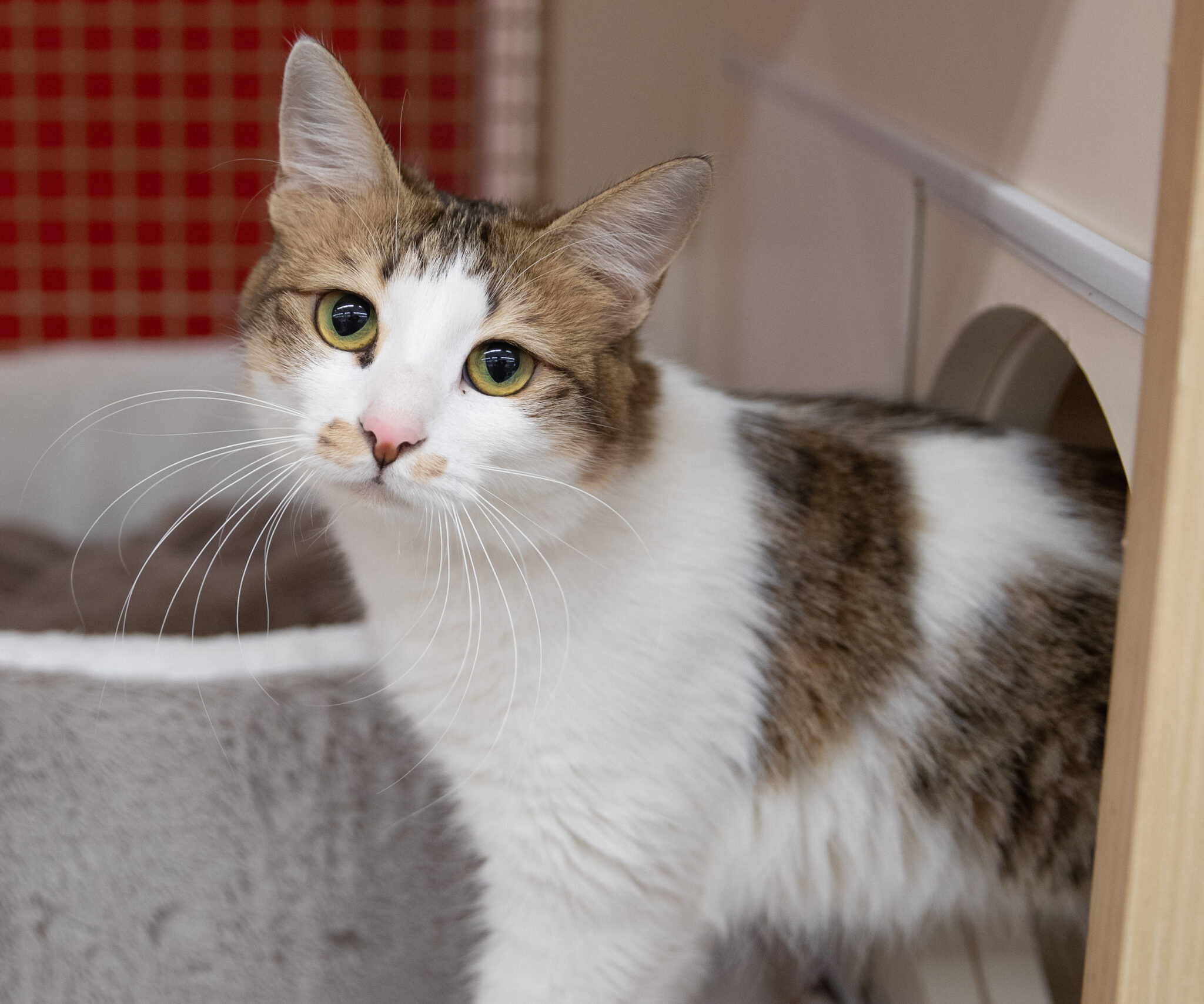Our Feline Infectious Peritonitis (FIP) saga started last October, when ‘Ginger’ one of our two adopted 8 month old 4Paws kittens, became lethargic and developed sensitivity to light. They had both had a bout of cat diarrhea a month before, but Ginger had not regained weight like his twin in the meantime. The vet broke the diagnosis of the likely killer viral disease FIP and suggested he had maybe a week or two left.
She wondered out loud if maybe a Gilead Science drug GS441524 (closely related to Remdesivir that cured Trump!) might help, since it had been used in a University of California Davis drug trial for FIP in cats that had reported an 80%+ cure rate. We took it from there – finding that there are a number of Facebook support groups – putting us in touch with people from the drug providers – I think in Hong Kong.
There are a few potential road blocks that we needed to navigate. One is that the price for an 84 day drug regimen (you cannot stop early) is high – depending on the weight of your guy it can run from $1000 (kitten) to $5000 or more for an adult treatment. Another is that although there are tablet forms, the most effective means of giving the drug is by injection. Vets have been, by and large, intimidated by Gilead’s threats of lawsuits, so you have to give the injections yourself. The next confusion is that prices can be DOUBLE from supplier to supplier! So choose wisely, and be realistic about the costs.
We bought directly from Hong Kong. There are plenty of web sites and the FIP Warriors admin support network can make recommendations. We mostly bought a version named CAPELLA which is a reasonably priced supplier. They have no website or on-line help but it is half the price of the most expensive and well known supplier for the same drug.
Next comes the dose, which depends on both the cat’s weight and the type of FIP diagnosed – wet or dry, neural and ocular. There are simple tables out there and plenty of advice to be sure of the right dose from the admins. You might start with 1ml syringes and end with 3ml. Your vet can help guide you.
And finally the injection – many people are initially intimidated – but remember it’s for your friend in desperate need. You are giving a subcutaneous injection so the technique is to find a region of loose skin (usually the shoulders), pinch it firmly up into a ‘tent’ of skin and make the injection near horizontal but tilting slightly down. You need 22g or even 20g needles and since these are bigger diameter they are harder to actually insert into the skin – but trial and error on an orange will solve it all. Get these overnight from Amazon in a pack of 100, and don’t forget the syringes. NEVER reuse a needle – absolutely NEVER!
Some people can perform the injection, but they don’t get the drug far enough away from the puncture, and some of the acid base leaks out causing scabs on the skin. These clear with time. We had two incidents of this in 84 injections, early in the course of treatment – both because I pushed too far and out the other side of the ‘tent’. So push the needle in at least a centimeter but stay inside the ‘tent’.
This is truly a wonder drug – in Ginger’s case he showed signs of improvement in 12 hours, and in 72 hours was playing again with his brother. He quickly discovered that drug time was 7 pm, so he hid starting at 5 pm which made quite a game. He tolerated the injection, but it needed two of us, one to hold him VERY firmly, and the other with the easy task of giving the injection. We rewarded him with Churu treats. After a month we had blood work done, and the vet was so surprised at his progress and weight gain that she thought we had mistakenly brought his brother. Ginger was diagnosed with ocular FIP, which is the harder one to cure. He successfully passed his 84 days observation – and now shows no signs of his ordeal!




